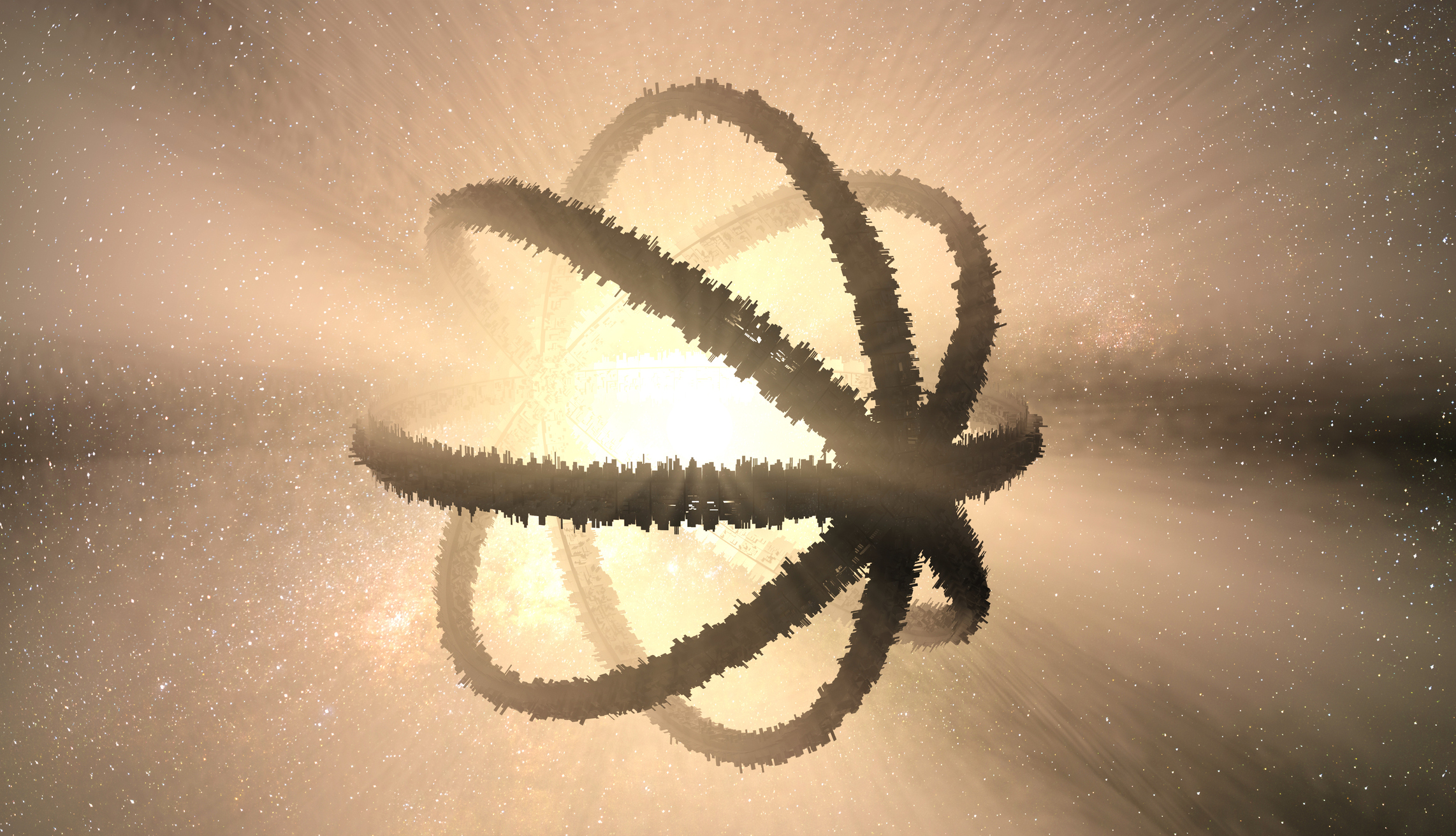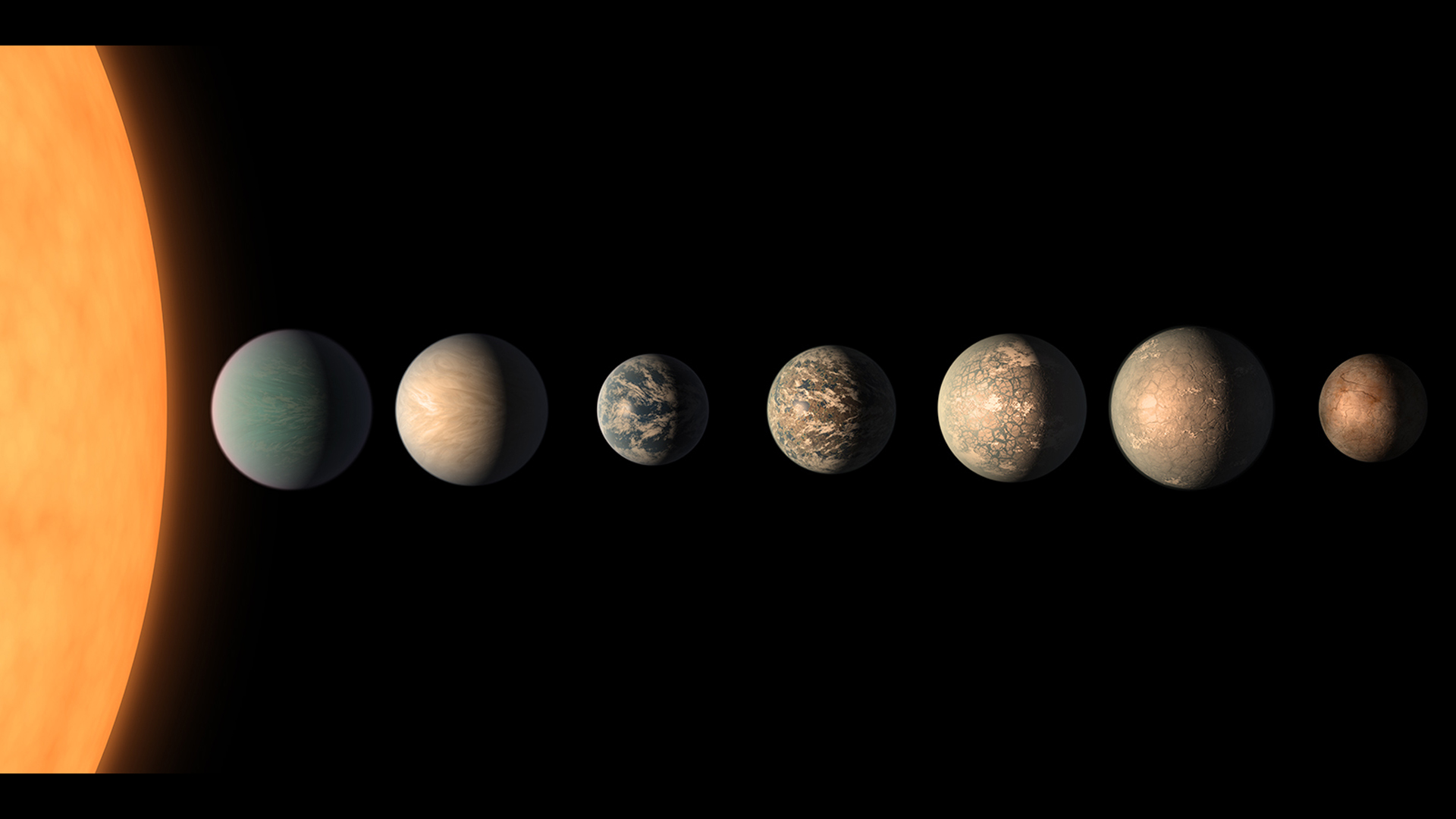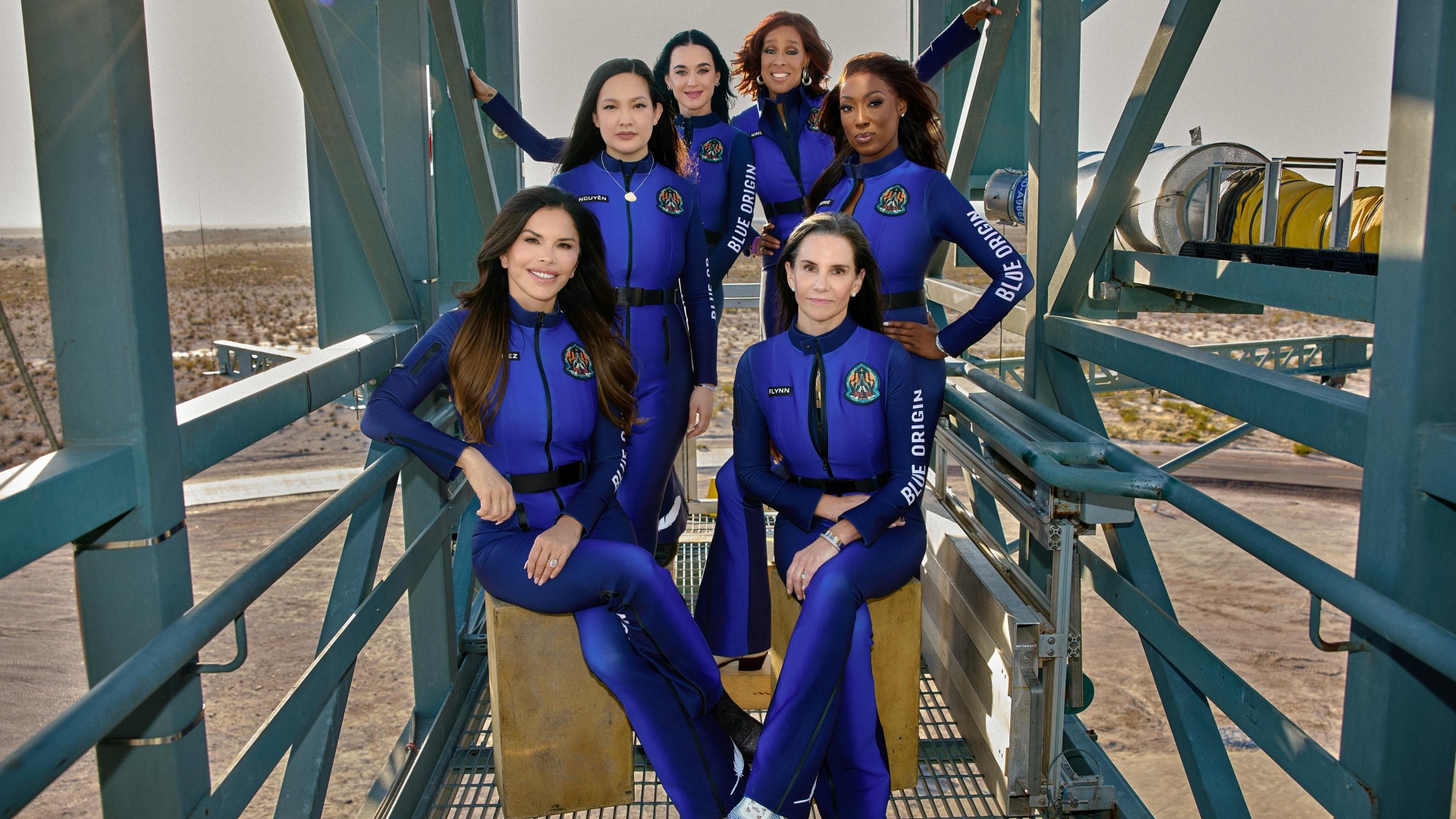
Conor Feehly
Conor Feehly is a New Zealand-based science writer. He has earned a master's in science communication from the University of Otago, Dunedin. His writing has appeared in Cosmos Magazine, Discover Magazine and ScienceAlert. His writing largely covers topics relating to neuroscience and psychology, although he also enjoys writing about a number of scientific subjects ranging from astrophysics to archaeology.
Latest articles by Conor Feehly
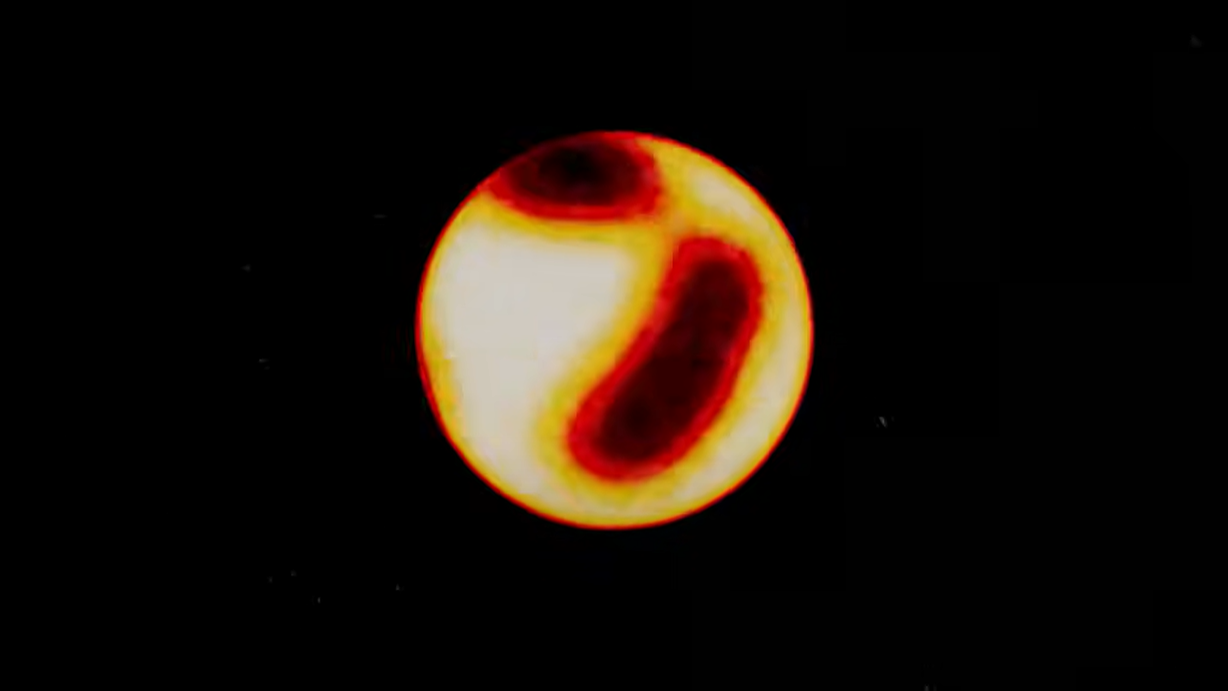
This red giant star has starspots larger than the entire sun
By Conor Feehly published
Astronomers modeled sunspot activity on a nearby red giant star to learn about its chaotic interior.
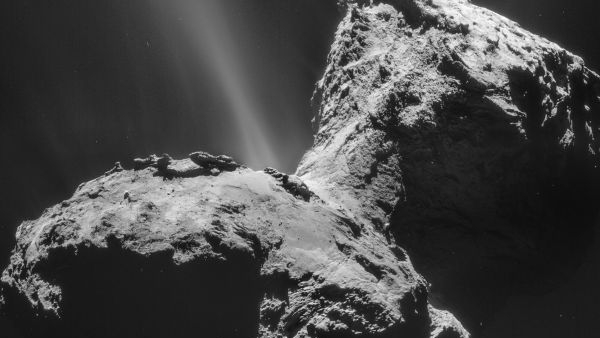
Comets probably delivered Earth its water billions of years ago, new study reveals
By Conor Feehly published
Scientists have gathered new evidence to suggest icy comets indeed brought water to Earth, long ago.
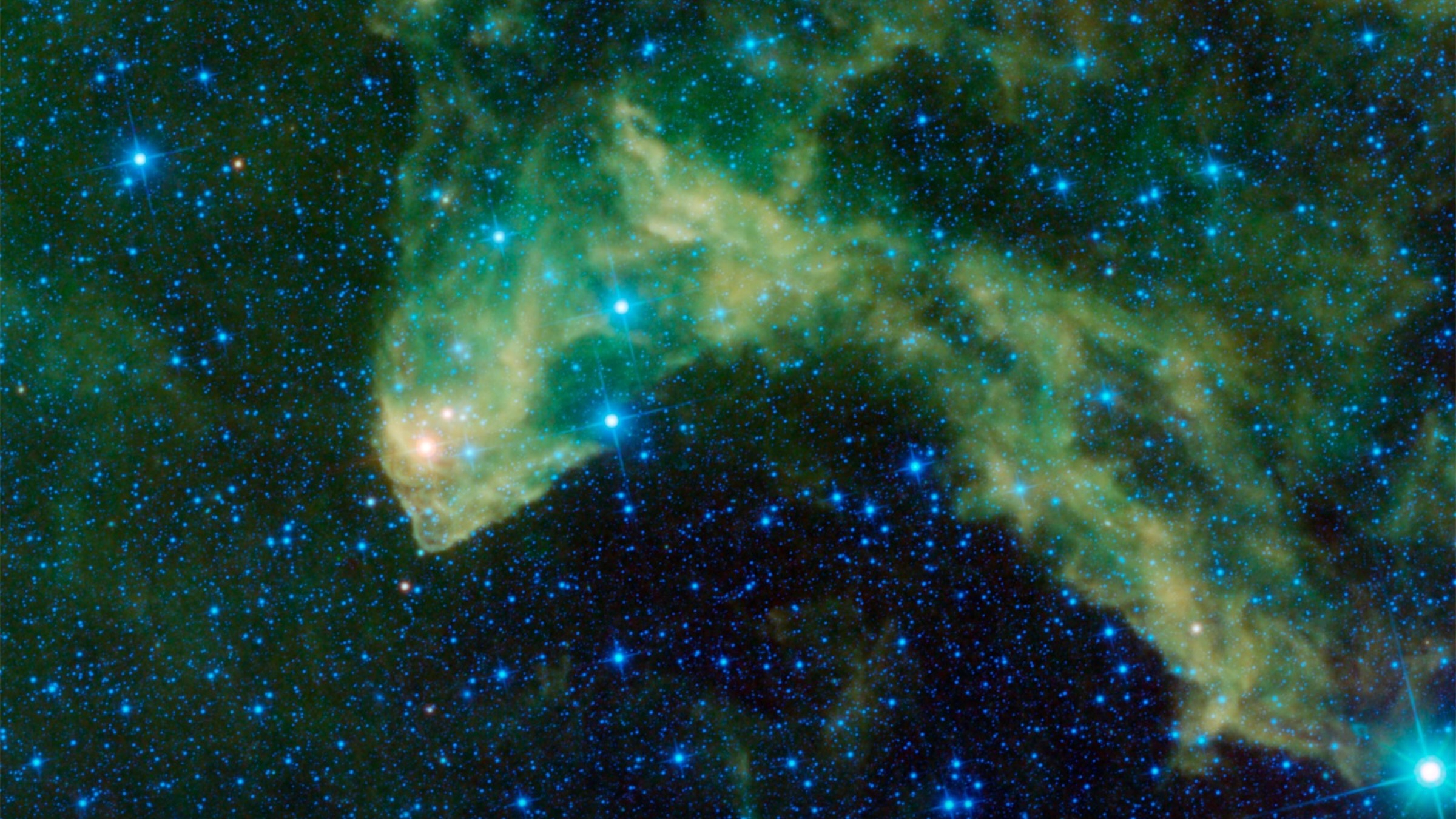
Behold! These gorgeous never-before-seen space images are from a NASA space telescope that should have died long ago
By Conor Feehly published
NEOWISE team members have unveiled six images from the spacecraft's archives to celebrate the late space telescope's long and productive scientific life.

Neptune and Uranus have a magnetic mystery — but the case may finally be cracked
By Conor Feehly published
We may know why Uranus and Neptune lack dipole magnetic fields, at last.
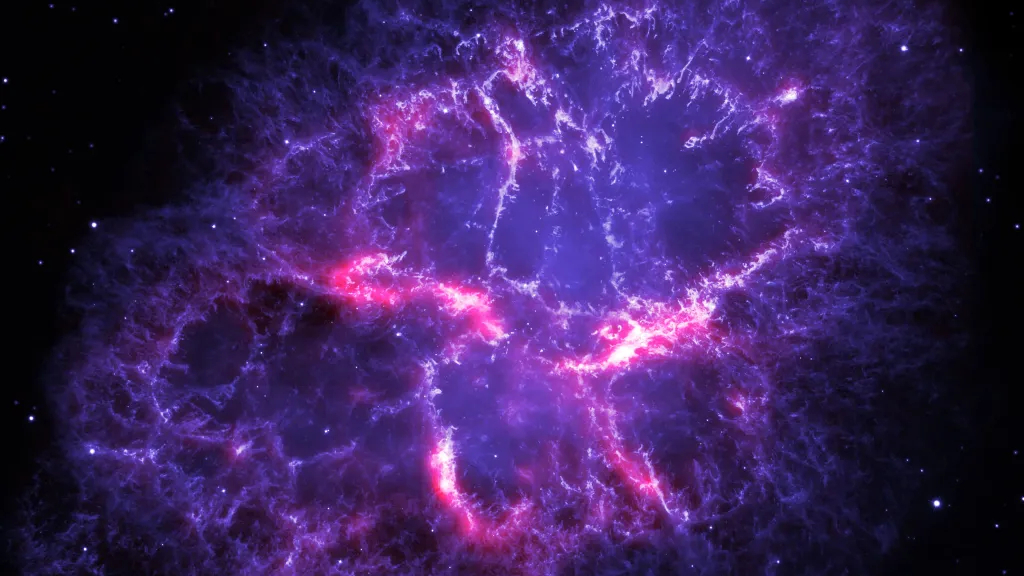
Strange 'zebra' patterns are coming from the Crab Nebula — this physicist finally figured out why
By Conor Feehly published
There are strange "zebra" patterns coming from the Crab Nebula, and the reason has to do with plasma refraction.
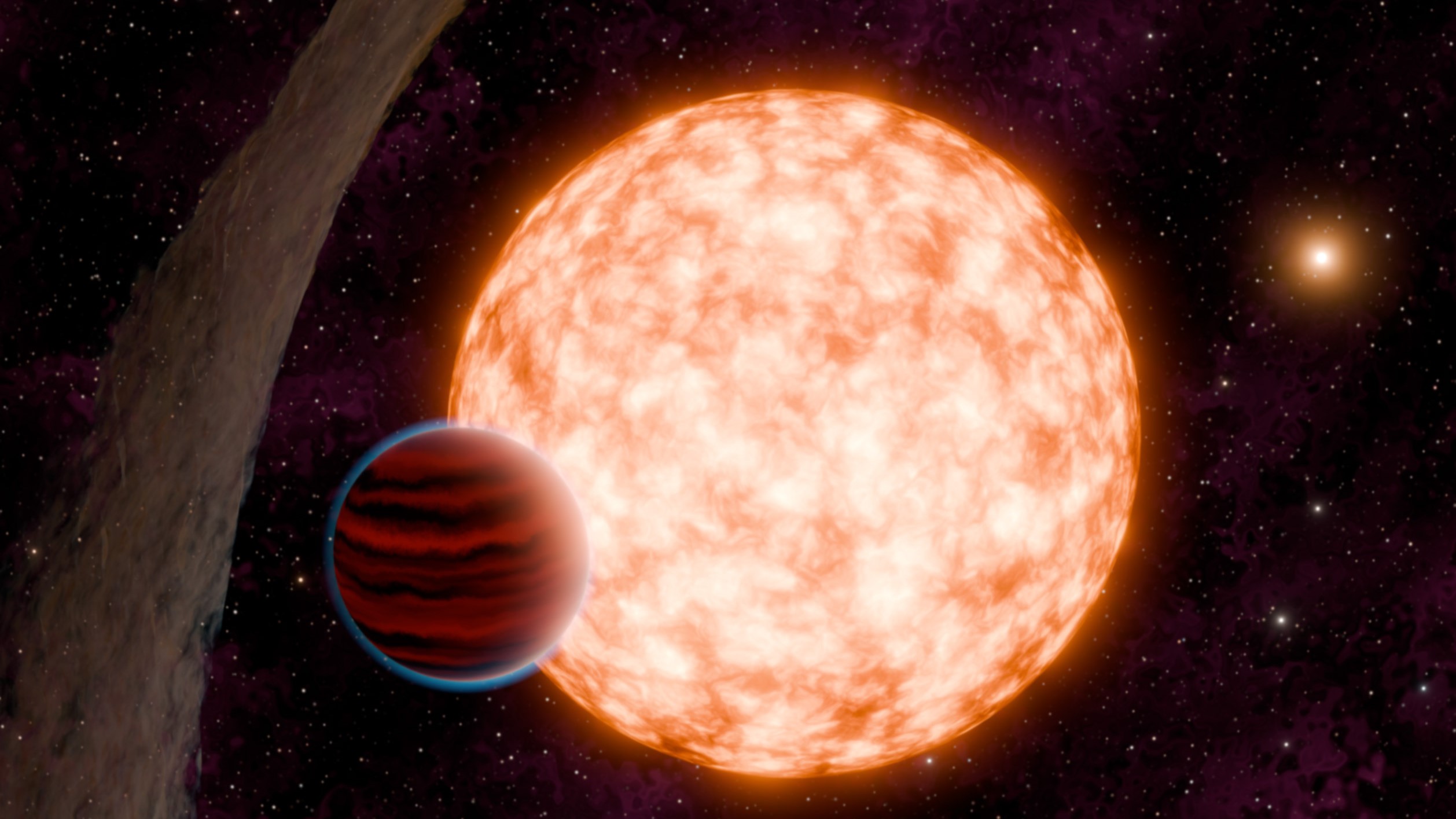
Scientists find extremely young exoplanet orbiting star with a wonky disk
By Conor Feehly published
NASA's TESS exoplanet-hunting spacecraft found the youngest transiting world yet, and the exoplanet's star has a wonky planetary disk.
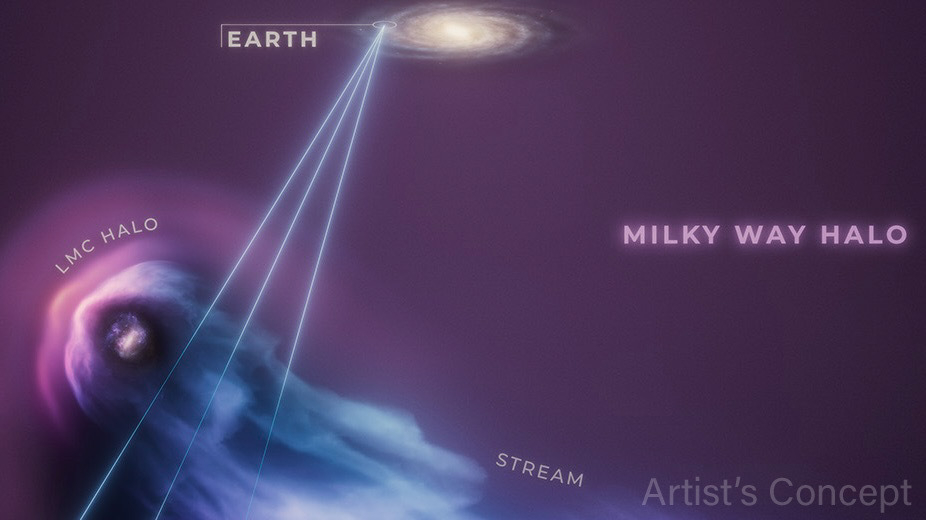
Hubble Telescope witnesses Milky Way strip its galactic neighbor of gas
By Conor Feehly published
The Hubble Space Telescope may have captured our Milky Way galaxy being a bit of a bully.
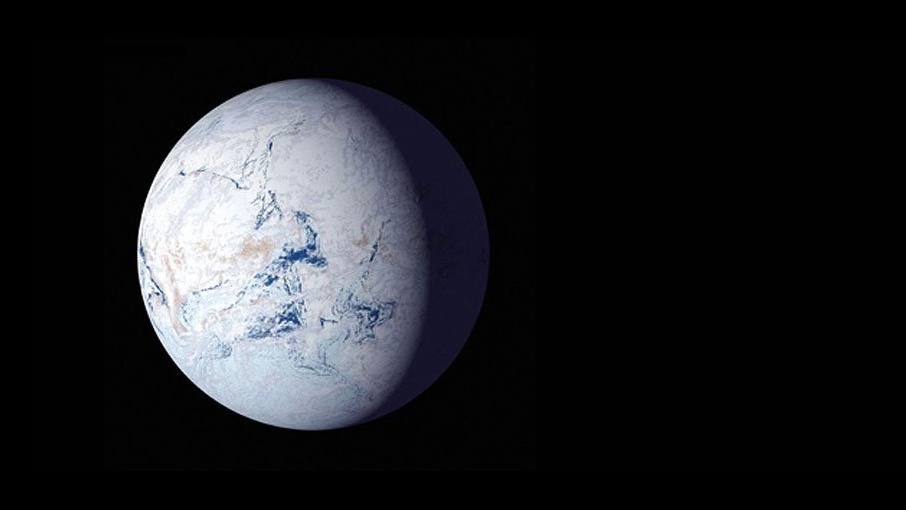
'Snowball Earth:' Entire planet was likely covered in ice more than 600 million years ago
By Conor Feehly published
New evidence found in the Rocky Mountains of Colorado supports the notion that Snowball Earth was indeed a global phenomenon.
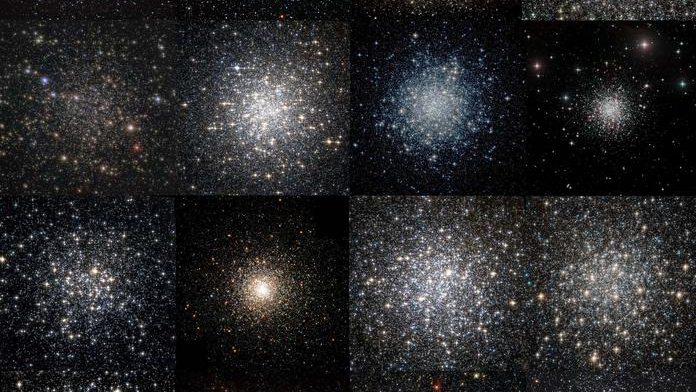
Star cities: New 3D view of globular clusters illuminates their origins (photo)
By Conor Feehly published
Astrophysicists have reconstructed the movement of stars within globular clusters to understand their evolution and origin.

4 years after the giant Arecibo Observatory collapsed, we finally know what happened
By Conor Feehly published
The Arecibo Observatory collapsed in 2020, and a new report suggests a zinc decay was to blame for its death.

Satellites capture havoc caused by Spanish floods (images)
By Conor Feehly published
Earth observation technology is set to play a larger role in how agencies respond to natural disasters and weather events.
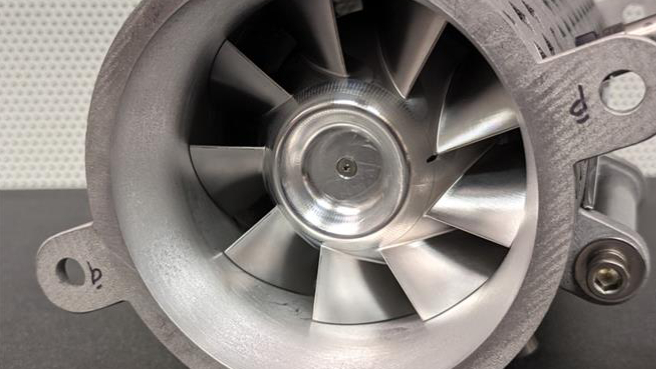
Space stations are loud — that's why NASA is making a quiet fan
By Conor Feehly published
NASA's building a quiet fan to help future astronauts have some peace and quiet.
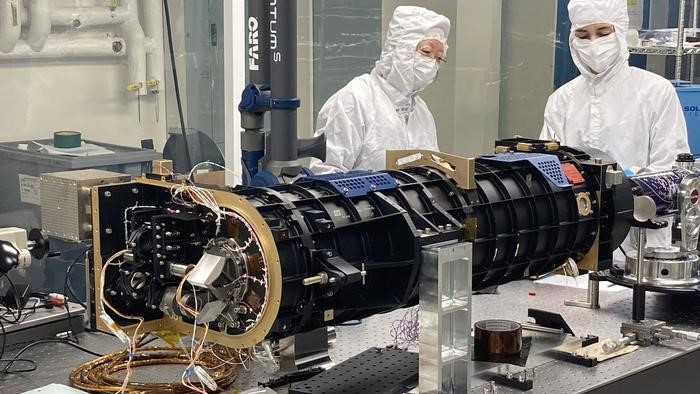
New NASA coronagraph will measure temperature, speed of solar wind from ISS
By Conor Feehly published
We're about to learn more about the solar wind, thanks to NASA's Coronal Diagnostic Experiment (CODEX), which just arrived at the International Space Station aboard a SpaceX Dragon cargo spacecraft.
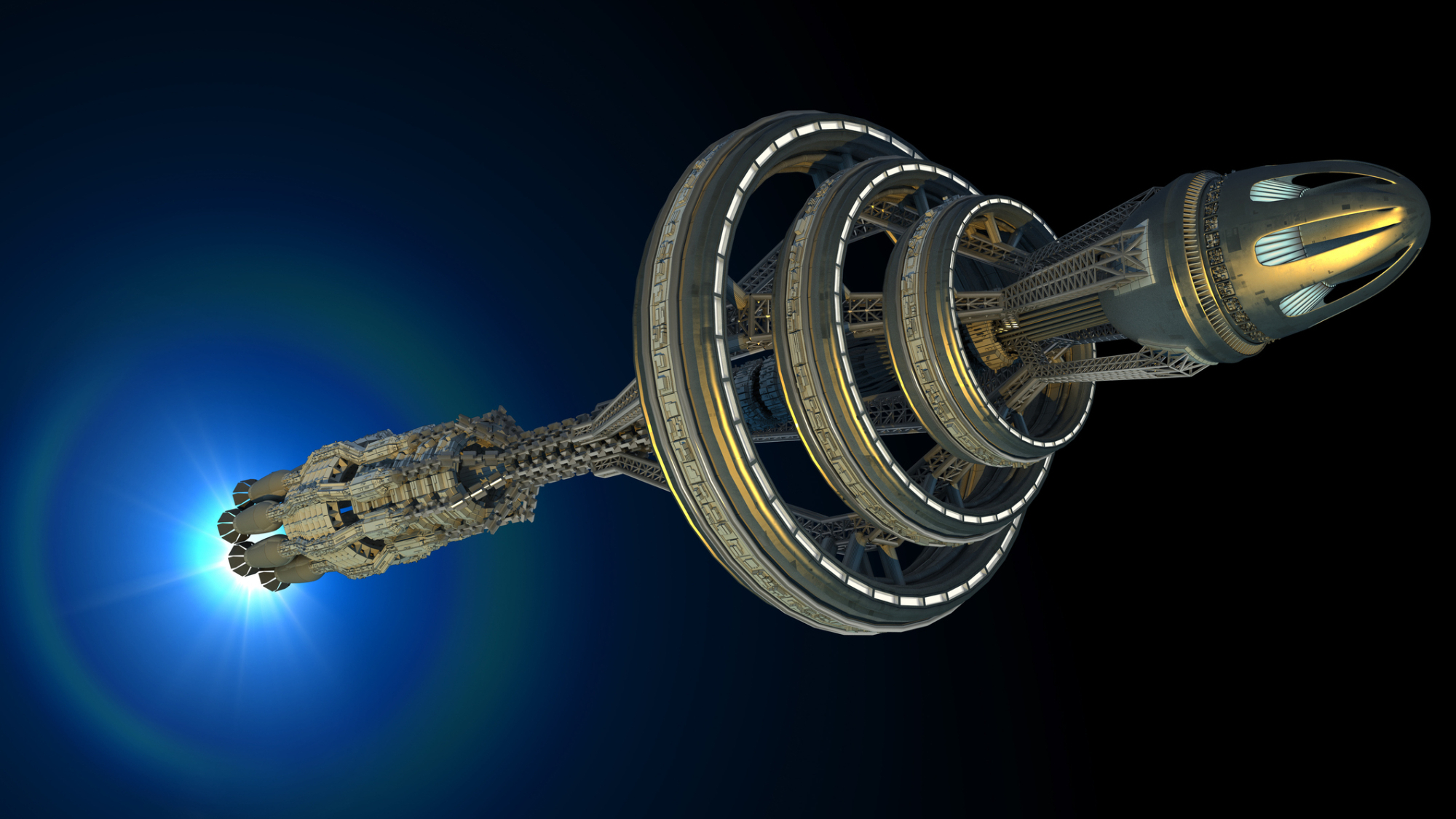
Design an interstellar 'generation ship' to spend decades among the stars with Project Hyperion competition
By Conor Feehly published
A new design competition, dubbed Project Hyperion, is calling for submissions for the design of a crewed interstellar generation ship.
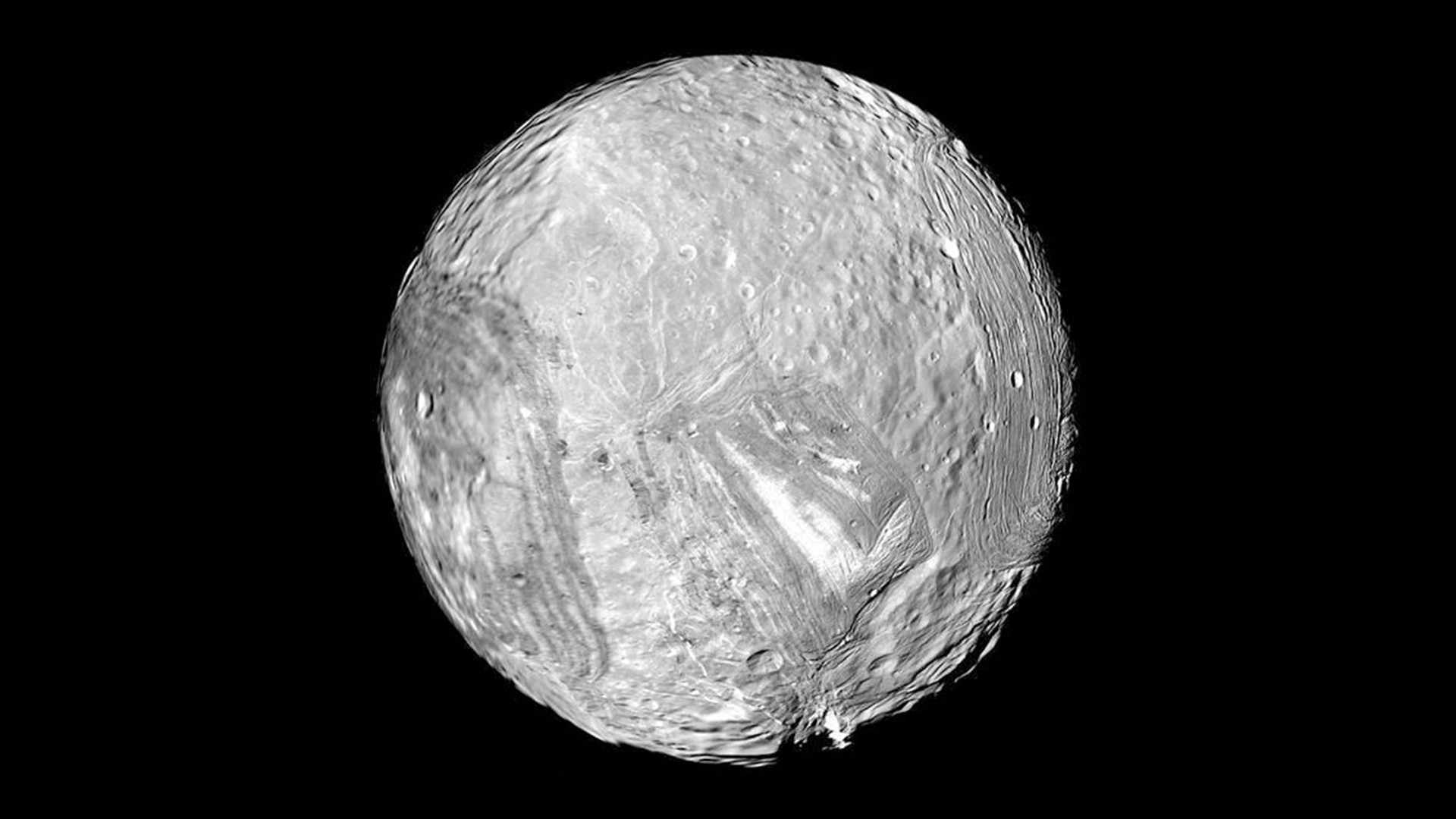
Icy moon of Uranus may have once hid watery secret, Voyager 2 archives reveal
By Conor Feehly published
Surface features of Uranus' icy moon Miranda point to the existence of a once deep ocean, one that still may exist today.
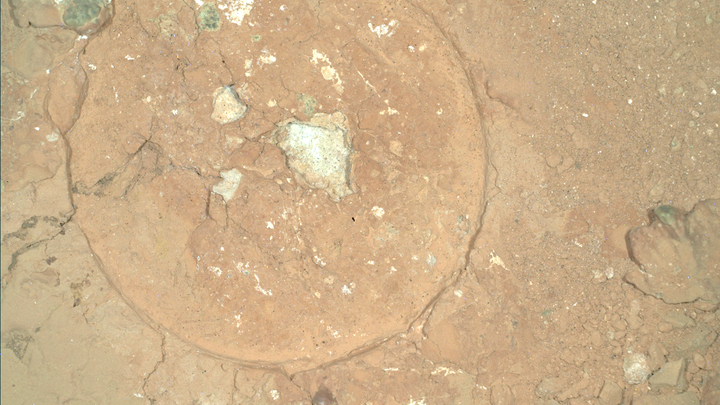
Strange green spots on Mars found by NASA's Perseverance rover (photo)
By Conor Feehly published
NASA's Perseverance rover found strange green spots in Martian rock, potentially indicating a past interaction with liquid water.
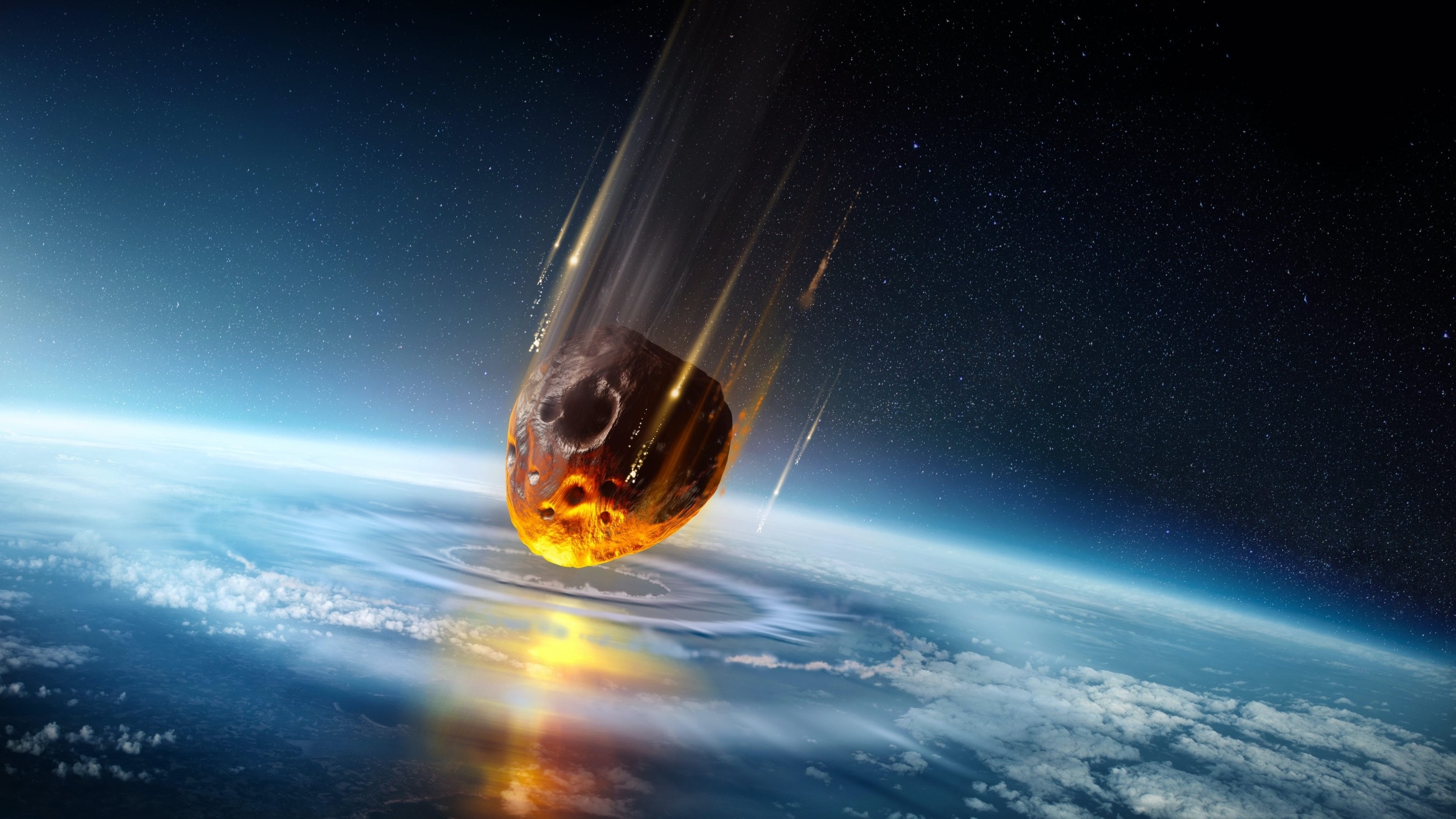
Scientists look back in time to reconstruct explosions in Earth's atmosphere
By Conor Feehly published
An illustration of a cosmic airburst event.
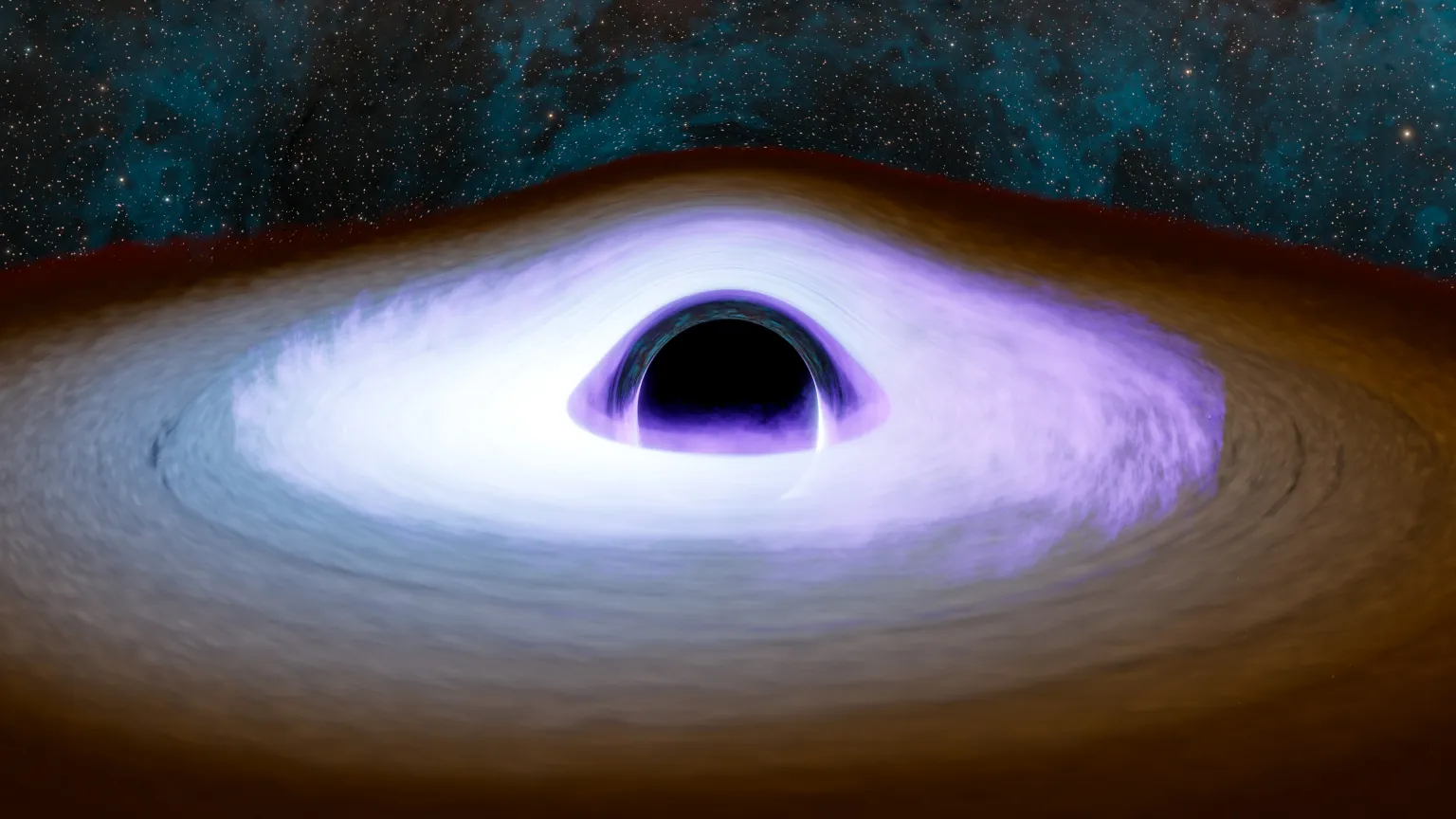
NASA peers into the blistering hot plasma swirling around 12 black holes
By Conor Feehly published
Stellar-mass and supermassive black hole coronas have some similarities, and this is great news for black hole physicists.
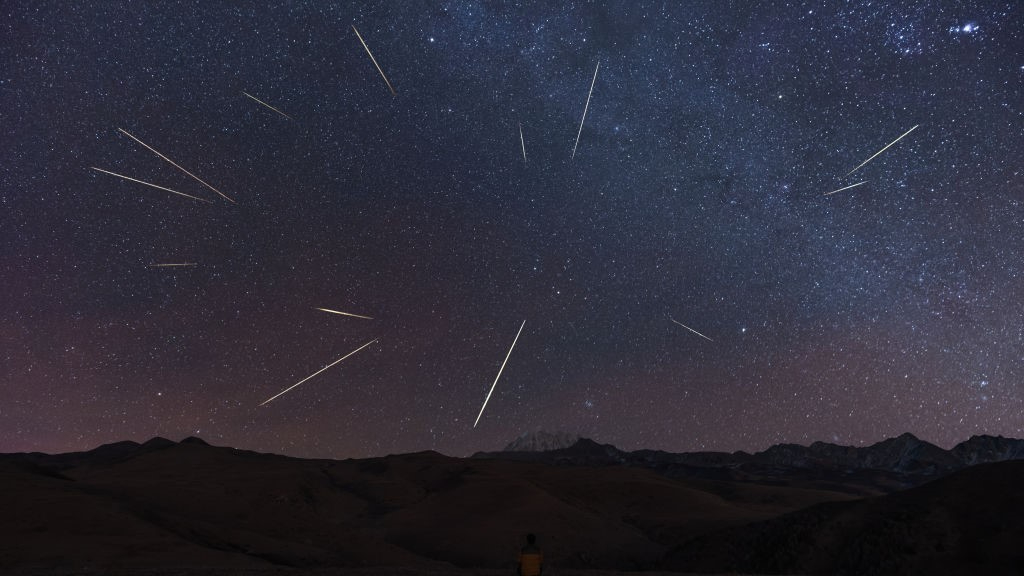
Most of Earth's meteorites may have come from the same 3 spots
By Conor Feehly published
Scientists say they've uncovered where the vast majority of Earth's meteorites came from.
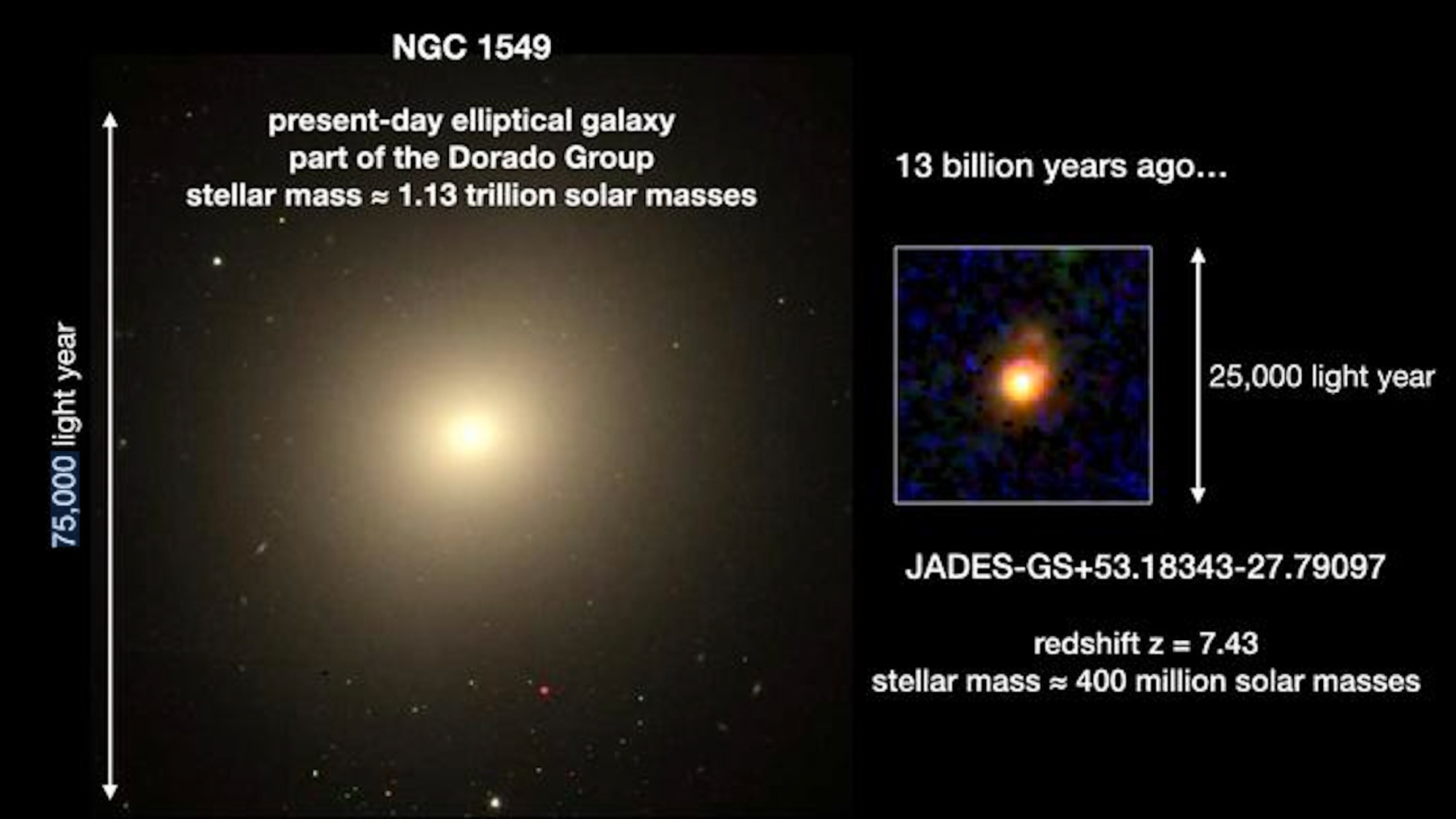
James Webb Space Telescope spies 'inside-out' star formation in ancient galaxy (image)
By Conor Feehly published
The James Webb Space Telescope has observed 'inside-out' star formation in a galaxy just 700 million years after the Big Bang, fleshing out our understanding of the early universe.
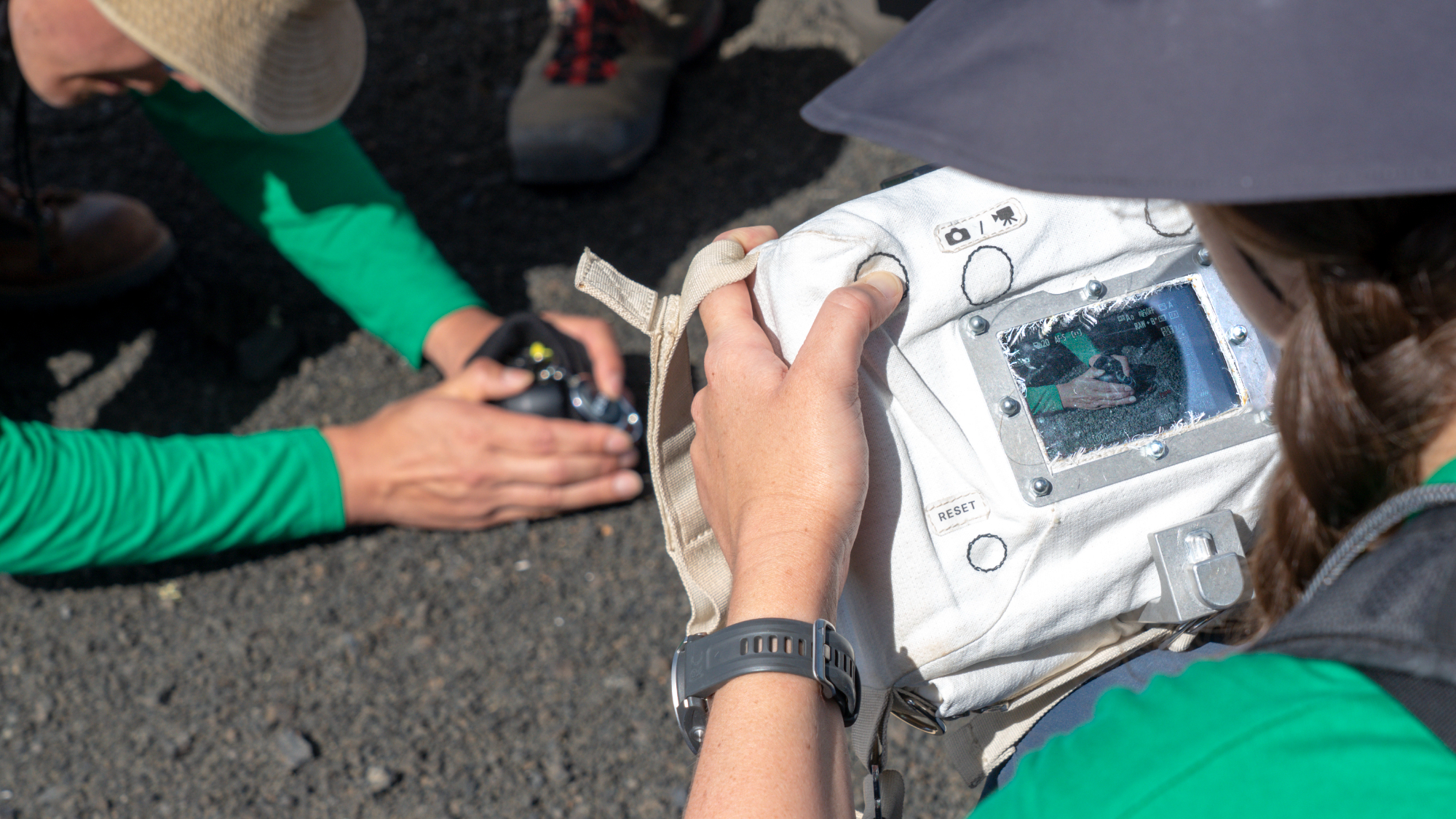
New Artemis moon camera gets 1st field test (photos)
By Conor Feehly published
Recently, an international team took the HULC moon camera out for a test drive in lunar-like conditions to improve the camera's design for Artemis moon missions.
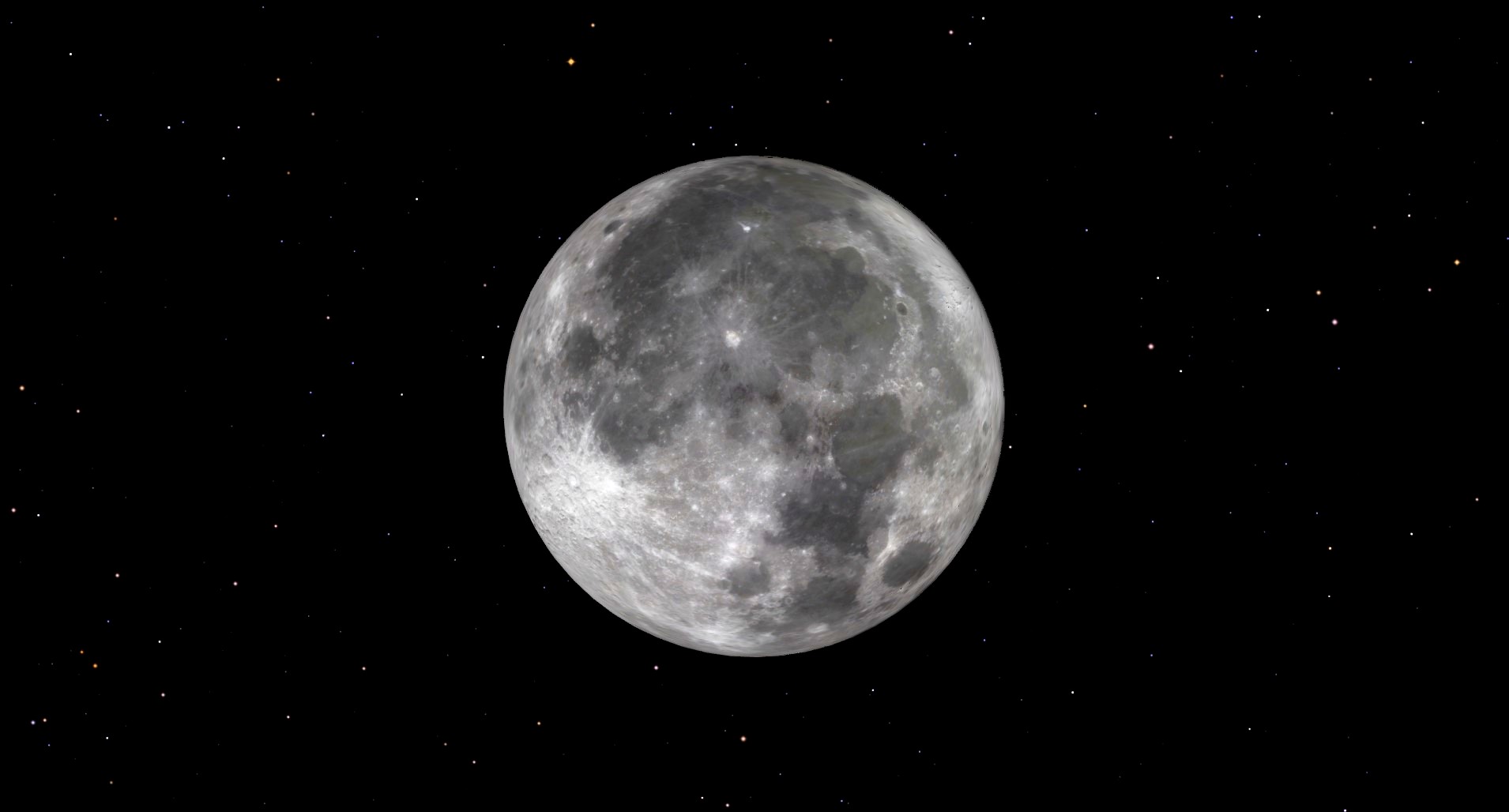
What's inside the moon? Gravity measurements suggest a layer of molten rock
By Conor Feehly published
In between the moon's solid core and external surface may swirl a partially molten layer of rock.
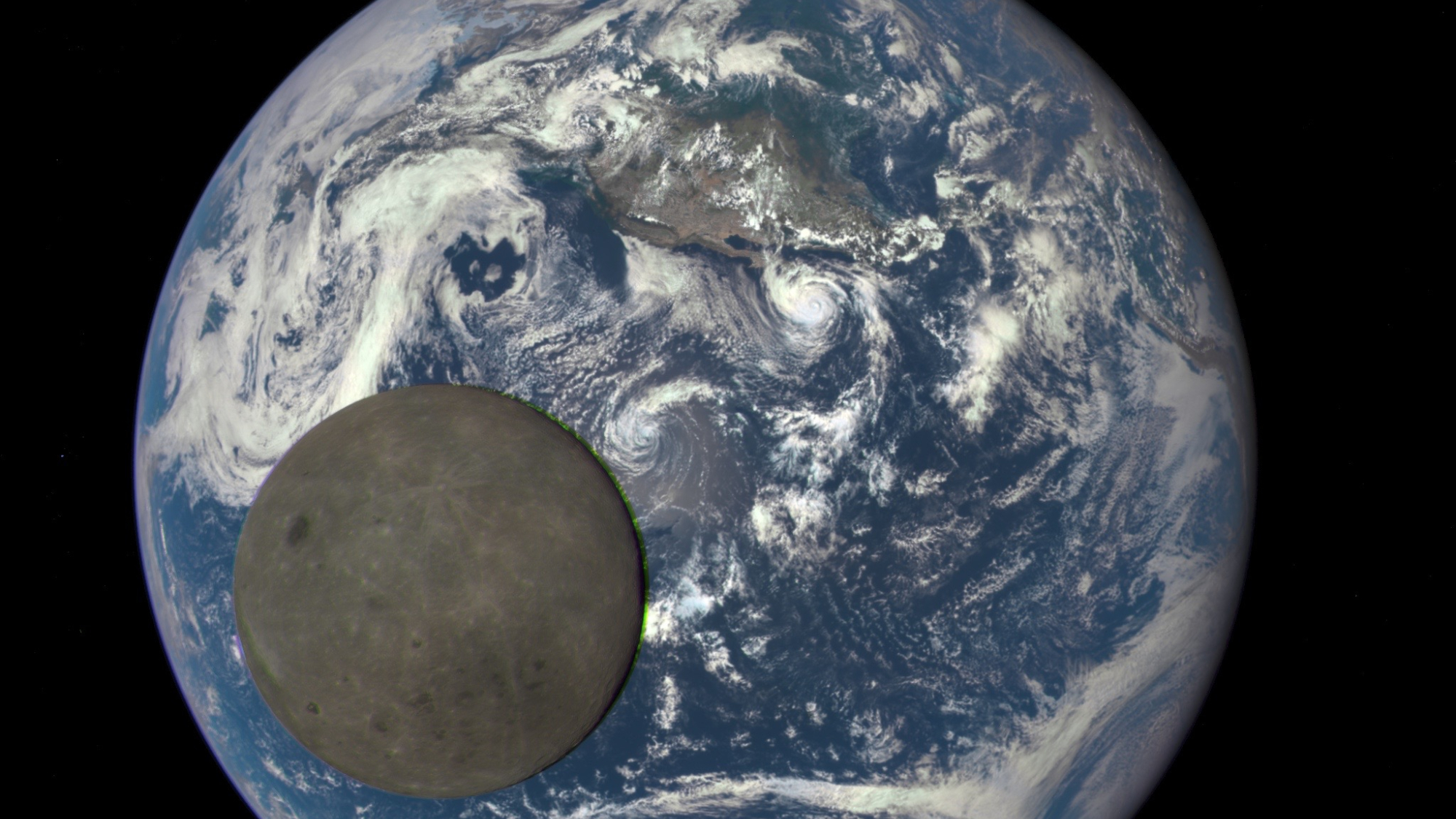
We have the satellite data to show climate change is real. Now what?
By Conor Feehly published
Free, open source climate data can help bridge the gap between information and environmental action.
Get the Space.com Newsletter
Breaking space news, the latest updates on rocket launches, skywatching events and more!
